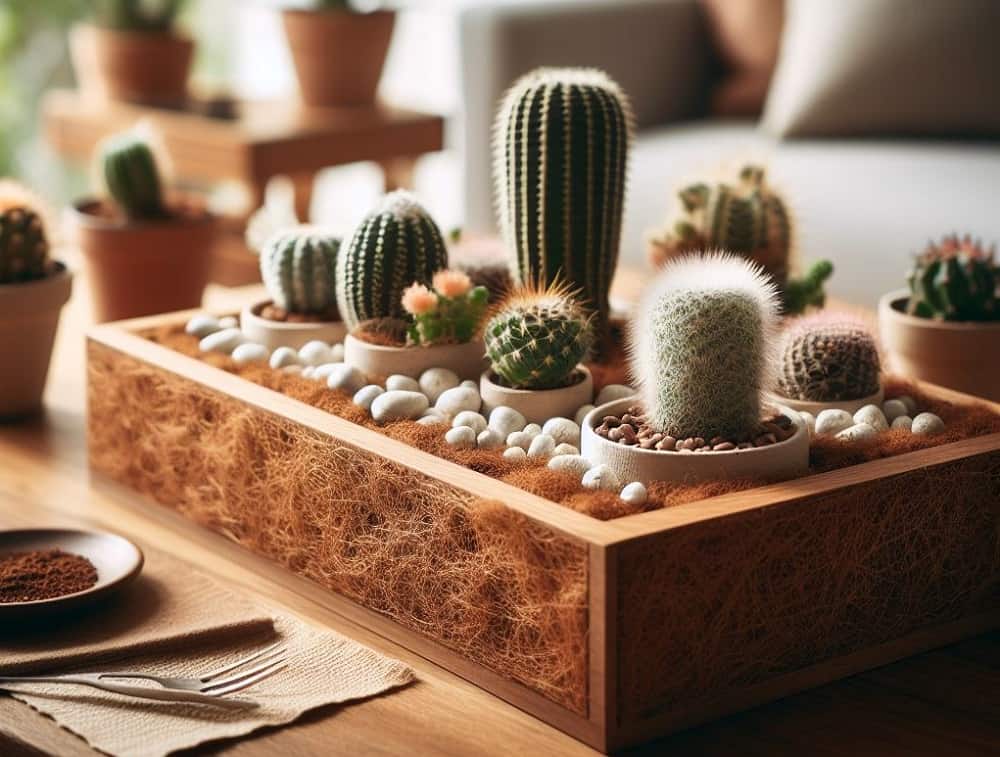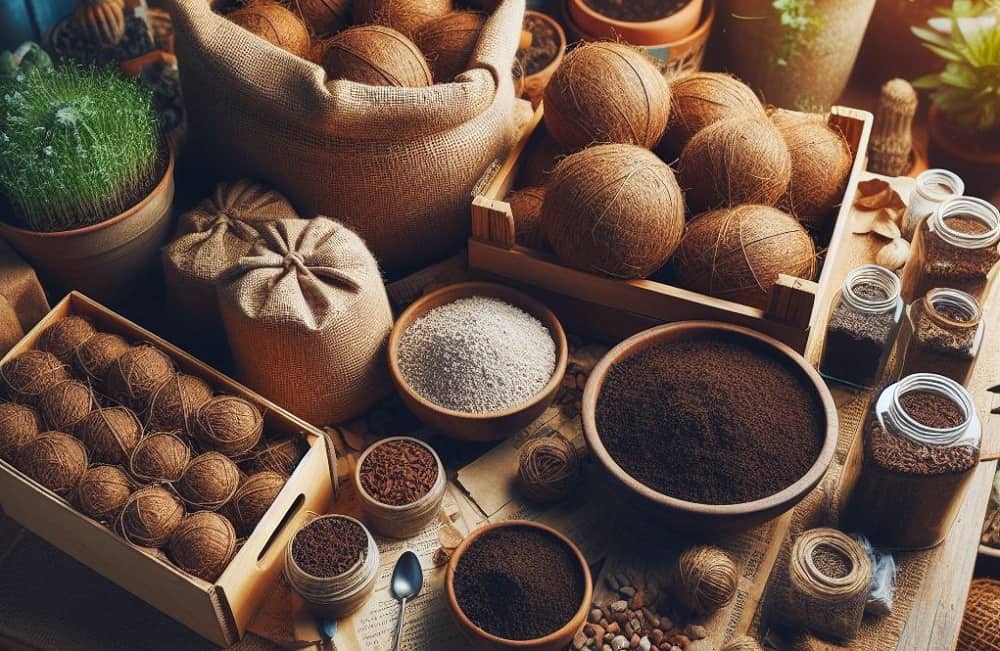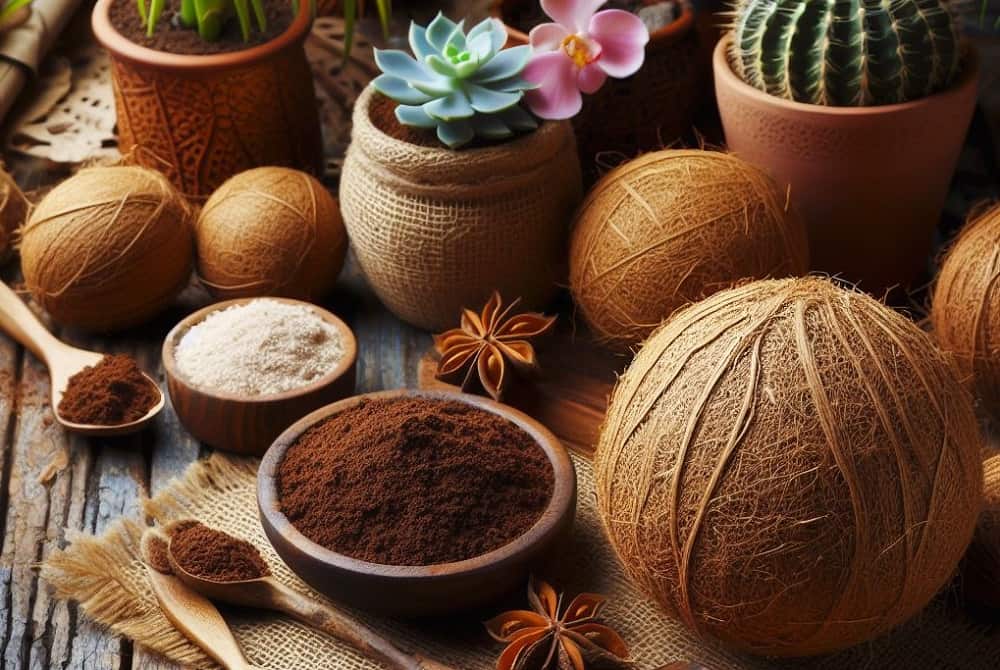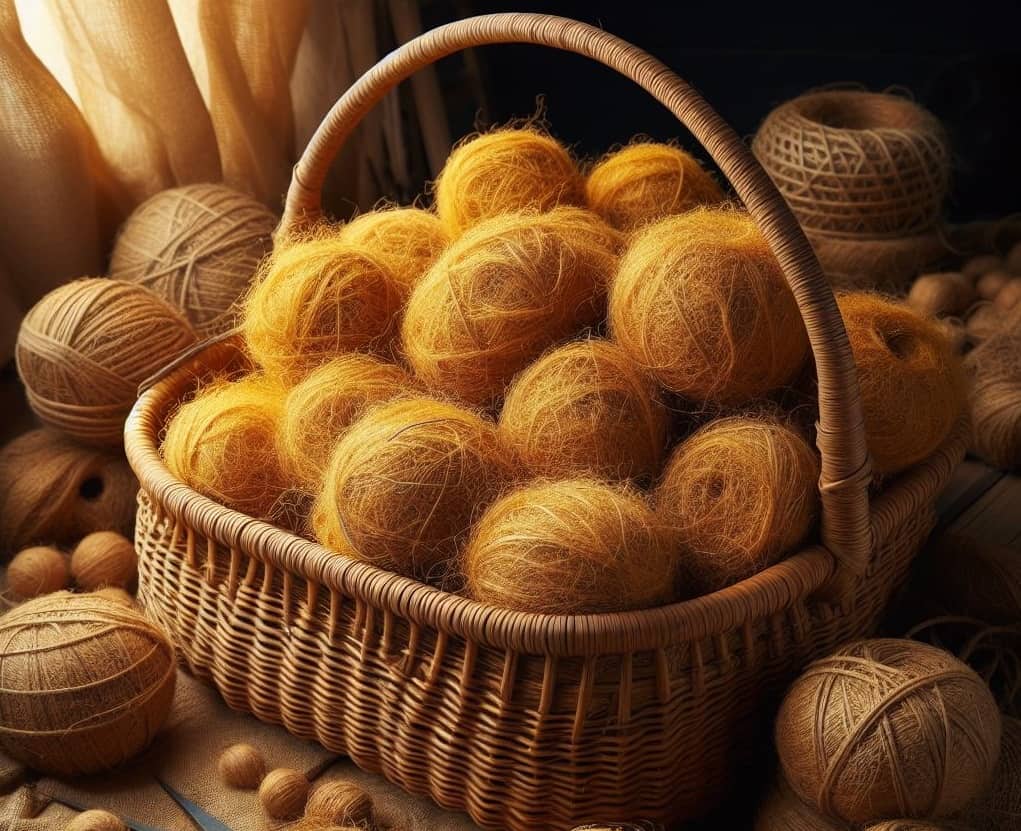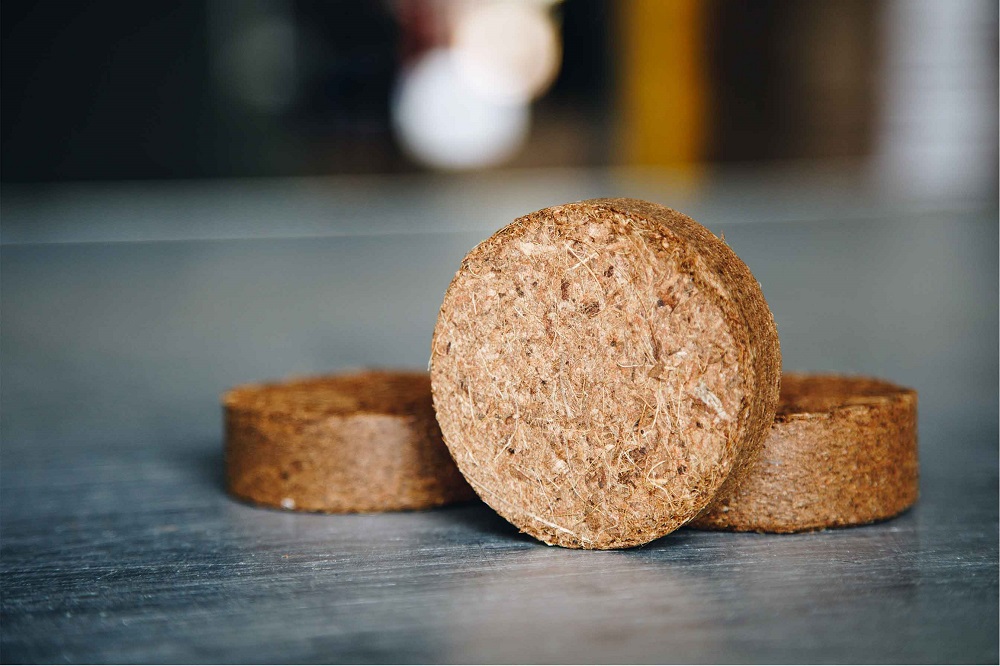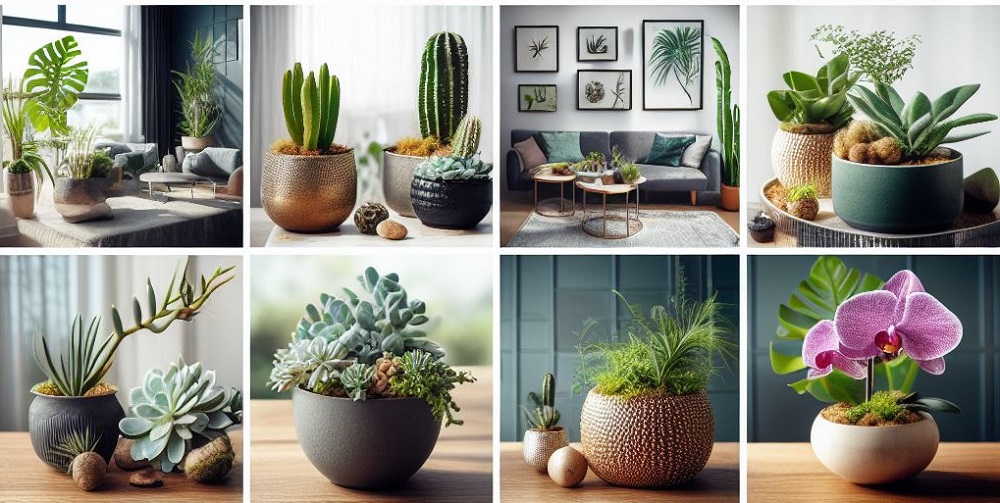Looking for growing medium for plants? Growing medium or often also called growing media is simply the material in which you grow your plants. Growing medium provides some primary functions which include physical support for the plants, helping in root growth and providing water and air through its roots and delivering important nutrients which help in growth.
Some of the key properties which the growth medium provides are water holding capacity, air porosity, pH levels, bulk density and electrical conductivity.
Each growing medium has its own characteristics and may differ from one another, and it’s important to choose the medium which is for your plants. All plants have their own distinct needs and have their own requirement of nutrients and characteristics for a perfect growth.
Selecting the right growing medium is important as it would help with providing proper moisture, nutrients to your plants and air. Other factors which are important to consider while choosing your preferred growing medium are water drainage, its pH levels and the nutrients they offer. A good growing medium can also be easily amended as per your plants needs and protect your plants growth.
Growing medium is a primary requirement for all types of gardening. The manner or type of gardening you choose while also be taken into consideration what growing medium you have to use or what suits you best. Common type of gardening options my include container gardening, hydroponic gardening or outdoor gardening.
As we have gone through the importance of using a growing medium lets go through some commonly use mediums in gardening and how beneficial can they be. Some common type may include Soil, Compost, Peat Moss, Bark, Coco coir and sand. Let’s explore each of these mediums below and see what characteristics and properties they have which may be helpful for your next gardening adventure.
Soil
Soil always plays a vital role in the plant growth until it is harvested. A good soil helps promote the growth of the plant and allows them to prosper. When beginning with planting your seeds, it’s important to choose a good potting soil as per your plants needs. These days a lot of different of the shelf stores have packed potting soil available which are certified organic and is a good start for your planting adventure.
Some general characteristics of a good soil would include being light weight, have proper drainage and its ability to hold nutrients and moist even the bad heat. Soil provides plants growth by providing oxygen, water, temperature, anchorage and nutrients.
A good soil condition is important for your plant growth and it’s important to have proper soil management. While choosing the soil for your plants you should be avoiding soils which are labeled as compost or topsoil as they are often associated with low quality or poor soil. Soils can be found with a mixture of ingredients like peat moss, coco coir, perlite, vermiculite or granular fertilizers. Most soils have a mix of these variants.
Suggested Read: 5 Coir Brick Uses
Compost
Compost itself accts as a soil amendment and may be beneficial for planting. Compost is a process of recycling from an organic material. Materials such as food scraps, animal waste, leaves decompose and turn out being a compost.
The term compost is generally used to describe the final decomposed material which is similar to the fertile soil. It is commonly used for horticulture, gardening and farming and is full of nutrients. Gardner considers is as the black gold for farming.
It is utilized as a natural fertilizer. It’s an organic source providing soil chemicals, physical and biological characteristics. Some of which are like increase in soil fertility and microbial activity. Other improvements may include soil structure and water retention. It also has characteristics of enhancing plant disease suppression and also reduces the bioavailability of heavy metals.
The composting process is derived by the microorganisms. It is an organic process in which food scraps and leaves are broken down into soil. It sounds like composition is a difficult task, but it’s an actually rather easy specially if you are enjoying your planting hobby. Compositing should be considered because it enriches the soil, reduces methane emissions and also reduces the need of using chemical fertilizers.
Peat Moss
Peat moss is a dark brown fibrous material which is a soil amendment and using as a growing medium. Peat moss is often added to the soil to help retain moisture, lighten and aerate. Peat moss is commonly used for plants grown into the container because it helps retain the moisture in the soil.
It’s not recommended to be used for lawns and gardens because if its acidity. Peat bogs are the source of peat moss which is commonly found in wetland areas. Peat bogs are formed organically by decomposing over a long period of time. Peat moss is ideally used as a mixture with regular soil to start seeding. Other uses my include for plant bedding where there is not sufficient soil.
The benefits why peat moss is preferred and commonly used is because it is inexpensive, retains adequate amount of water, promotes sufficient drainage, easily and readily available and light weight. With its benefits there are some cons to of using peat moss.
It is not considered as sustainable as it takes many years to be created by nature, its acidic so you may be required to raise its pH value and it doesn’t add nutrients to your plants. It has characteristics of holding water, but if its dry it may take some time to reabsorb it.
Bark
Another commonly used growing medium is wood chips or barks from hardwood and softwood trees. Bark based growing medium is being used since as long as 30 years. It’s a natural by product from the timber industry and is available in a number of sizes from coarse to fine. Its primality used for nursery crops and large containers of green house crops.
Key reasons why bark base products have been preferred and used is its low water holding capacity. It reduces the risk of over watering and also has high density which helps in increase the stability of the container. It also helps from over watering during heavy rain. It also contributes as a nutrient boost, temperature regulation, moisture retention and prevention from erosion.
As bark-based products are made from different wood trees, all have their own special characteristics. For example, bark made from maple, oak and cherry has high levels of toxins, and can have negative effect on the plant growth and may be decompose rapidly.
Mostly softwood bark base is preferred as it have less toxins and has a slow decomposition process. Softwood bark is made from cypress, spruce, pin and cedar trees. If proper management is done mixing composited bark with other growing medium can products excellent plant growth. The proportion of mixing bark with other growing mediums depends on your need what characteristics you are looking for more.
Coco Coir
Coco coir is a byproduct of the coconut waste and is made from the fibrous part of the coconut shell. Coco coir is a growing popularity in the gardening industry and is a prefeed choice for many users. Coco Coir is also available in different types like coco pith, coco fibers and coco chips. There are a lot of benefits of using coco coir.
It helps in quick harvesting and producing big yields providing excellent results. It has an excellent balance of water retention and reliable drainage system providing roots ample of room for air exposure. It has a neutral pH value with ranges 5.2 to 6.8. it is also reusable and durable. Coco coir has antifungal properties and provide repulsion from pest. With a number of benefits is also has some drawbacks.
Coco coir has high salt content, make sure its rinsed in fresh water before use if not already done. Coco coir also lack some import nutrients like magnesium, iron and calcium so you might be required to add some nutrients separately for your plant to grow healthy. Coco coir is easy to sue as it hardly gets over watered holding the oxygen. Once you are aware of how to use the coco coir, it can be considered one of the best growing medium along with the mix of nutrients to give you healthy plants.
Sand
There is a common perception that plants just grow in soil and its wrong. You may be amazed to know that plants can also grow in sand. It might take a little more of your effort as you may need to provide a good supply of water.
There as some plants which for which sand soil is often preferred. Some gardeners and users believe that it is easier to grown on sand but it’s a fact that is relatively difficult to maintain plants without a proper soil. As the soil is composed for large particles, it’s not potent and is not tightly packed. Sand does not hold moisture and regular watering is required for some time. Mixing other organic growing medium and nutrients with sand can help in better growth of your plants.
If you are looking for growing medium for plants then coco peat is the best and to order coco peat contact Earth Scape who are a leading coco peat manufacturers.
Editorial Staff at Earthscape who are experts about coir products.


